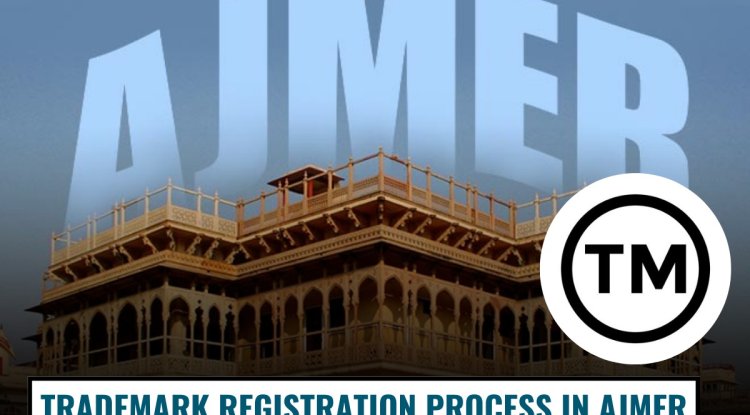Mention different schools of criminology. Discuss the classical school of criminology and its contribution to the development of criminal law
Mention different schools of criminology. Discuss the classical school of criminology and its contribution to the development of criminal law

There are many branches of criminology schools and groups of thinkers. The origin or evolution of these branches has taken place as per the theories.
From the point of study, there are many schools of criminology
(1) Pre-classical school

The school is divided into 2 parts.
(a) Devil Based school
(b) Free- Will based school
Devil based school is the oldest school. The school originated at the time when the spiritual thinking was at its extreme point. At that time, the power of god was considered supreme. A man commits a crime when the devilish power enters the man and controls him. A man does not commit any crime voluntarily. It is the external devilish power which compels a man to commit crime.
(2) Classical School

The Classical School of Criminology was brought to light in the late 1700s and early 1800s. The classical school developed during the Enlightenment in response to excessive and cruel punishments to crime. Beccaria argued for more humanitarian forms of punishment and against physical punishment and the death penalty. He believed that punishment should fit the crime and not be excessive.
(3) Neo – classical school

The neo-classicist school emerged, in large part, to remedy some of the problems created by the classical school. The supporters of classical school believe that punishment should be same for same offences, they also believe that a man does that work which gives him greatest happiness whether it may be crime. This theory of classical school did not convince many criminologists and with the result. They developed new thinking known as Neo-classical school. The neo-classical school emerged as a reaction to the theory of classical school that there should me same punishment for the same crime.
(4) Typological School
Previously it was known as positive school. The theory emerged due to the weaknesses in the neo-Classical school. The physical condition and mental state of criminals are different from other persons and because of this difference, they are recognized.
The physical condition of such persons are of abnormal nature e.g. the skull is round like gumbaj, the jaw is long, the ears are long and thick, the nose is flat and wide.
The criminal are classified into 5 groups
(a) Born Criminals
(b) Occasional Criminals
(c) Passionate Criminals
(d) Insane Criminals
(e) Habitual Criminals
(5) Sociological School

This is also called as socialistic school. The supporters of this theory consider lack of money, economy disparity, poverty are the main causes of crime. When the difference between the rich and the poor becomes wider and wider and the problem of poverty and unemployment becomes terrible, then a person commits crime.
According to Sociological school main reasons of crime are
(a) Social Disparity
(b) Social disorganization
(C) Economic Disparity
(d) Unemployment and idleness
(e) Class discrimination
(f) Geographical Atmosphere
(g) Social change
(h) Overpopulation
The crimes are leant the man does the type of work according to the type of society in which he lives.
(6) Geographical School

This school says that crimes are committed due to external human atmosphere
According to the thinkers -
The number of crimes committed in favorable social climate is less as compared that in adverse social climate.
In summer, the crimes against human body and in winter against property are committed.
Crimes committed are more in overpopulated and crowded places.
The number of crimes committed is more near line of equator while they are less near other lines.
The number of crimes committed is less in plain lands while they are more in areas of valleys and mountains.
(7) Multi Factor School

The multi-factor school is the most popular school. The supporters of this school say that there are many causes of crimes. According to them, there is no definite scientific theory of crime.













